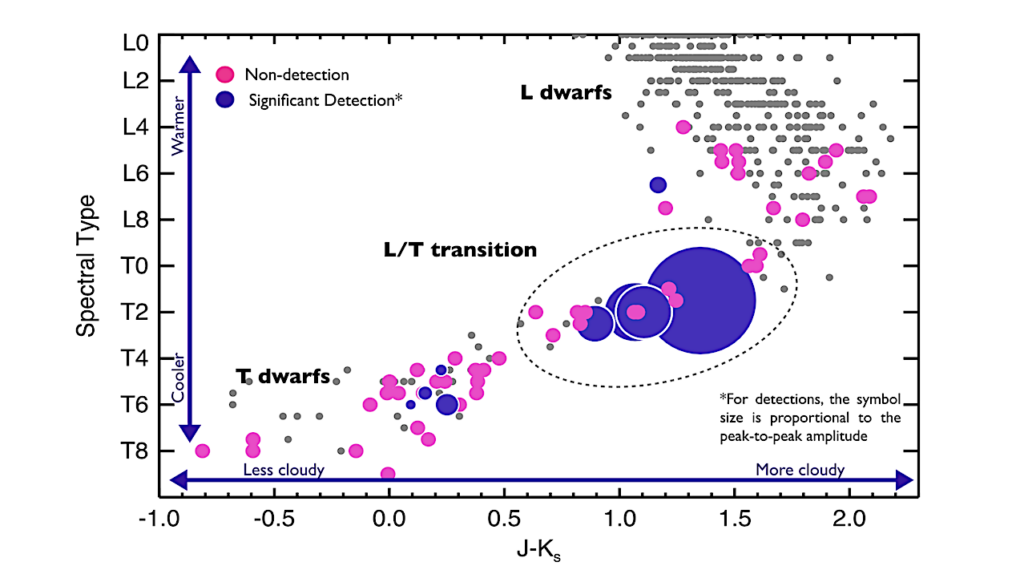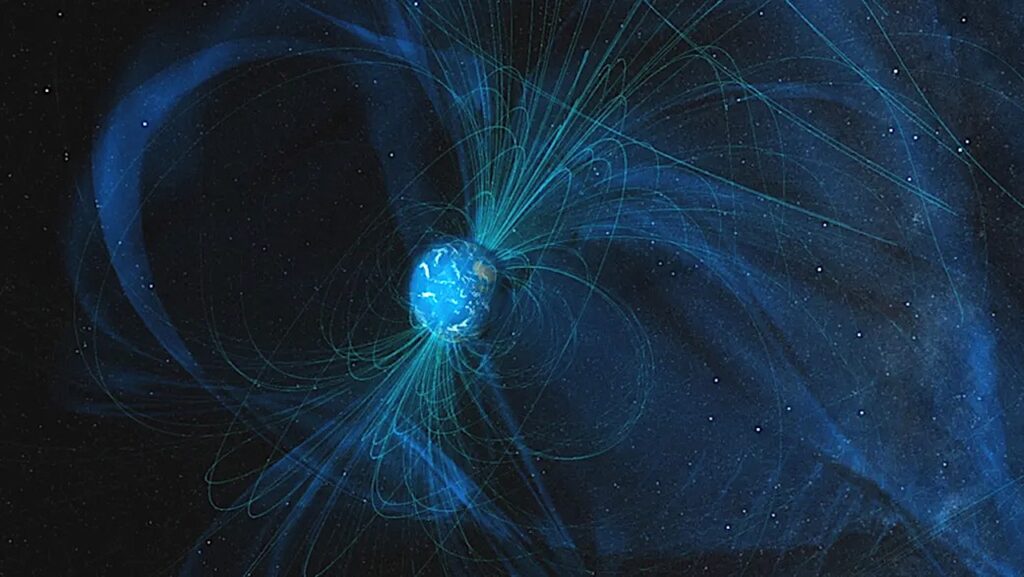Impact of Planetary Parameters on Water Clouds Microphysics

Potentially habitable exoplanets are targets of great interest for the James Webb Space Telescope and upcoming mission concepts such as the Habitable Worlds Observatory. Clouds strongly affect climate and habitability, but predicting their properties is difficult.
In Global Climate Models (GCMs), especially those aiming at simulating Earth, cloud microphysics is often crudely approximated by assuming that all cloud particles have a single, constant size or a prescribed size distribution and that all clouds in a grid cell are identical. For exoplanets that range over a large phase space of planetary properties, this method could result in large errors.
In this work, our goal is to determine how cloud microphysics on terrestrial exoplanets, whose condensable is mainly water vapor, depend on aerosol properties and planetary parameters such as surface pressure, surface gravity, and incident stellar radiation. We use the Community Aerosol and Radiation Model for Atmospheres as a 1D microphysical model to simulate the formation and evolution of clouds including the processes of nucleation, condensation, evaporation, coagulation, and vertical transfer.
In these 1D idealized experiments, we find that the parameters that determine the macrophysical thermal structure of the atmospheres, including surface pressure and stellar flux, impact cloud radiative effect (CRE) most significantly. Parameters such as gravity and number density of aerosols working as cloud condensation nuclei affect the microphysical processes of cloud formation, including activation and vertical transfer. They also have a significant, though weaker effect on CRE. This work motivates the development of more accurate GCM cloud schemes and should aid in the interpretation of future observations.
Huanzhou Yang, Thaddeus D. Komacek, Owen B. Toon, Eric T. Wolf, Tyler D. Robinson, Caroline Chael, Dorian S. Abbot
Comments: 17 pages, 10 figures
Subjects: Earth and Planetary Astrophysics (astro-ph.EP)
Cite as: arXiv:2405.03570 [astro-ph.EP] (or arXiv:2405.03570v1 [astro-ph.EP] for this version)
Journal reference: Huanzhou Yang et al 2024 ApJ 966 152
Related DOI:
https://doi.org/10.3847/1538-4357/ad3242
Focus to learn more
Submission history
From: Huanzhou Yang
[v1] Mon, 6 May 2024 15:46:52 UTC (1,808 KB)
https://arxiv.org/abs/2405.03570
Astrobiology,








